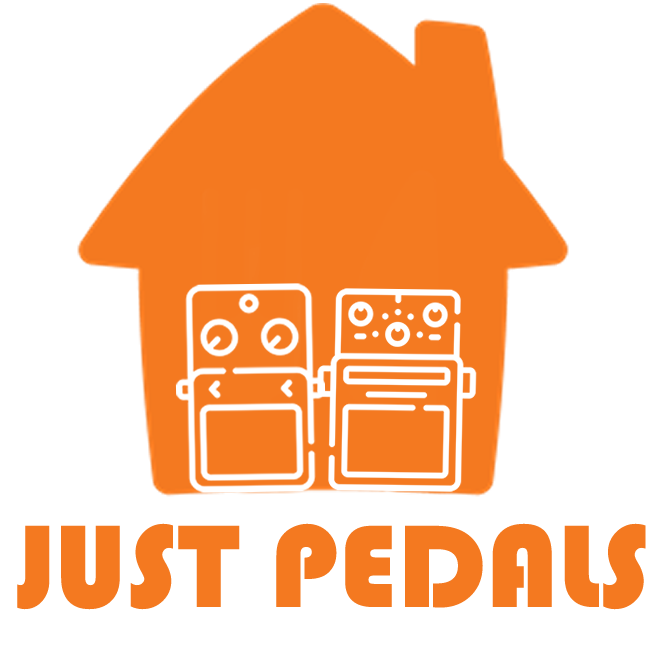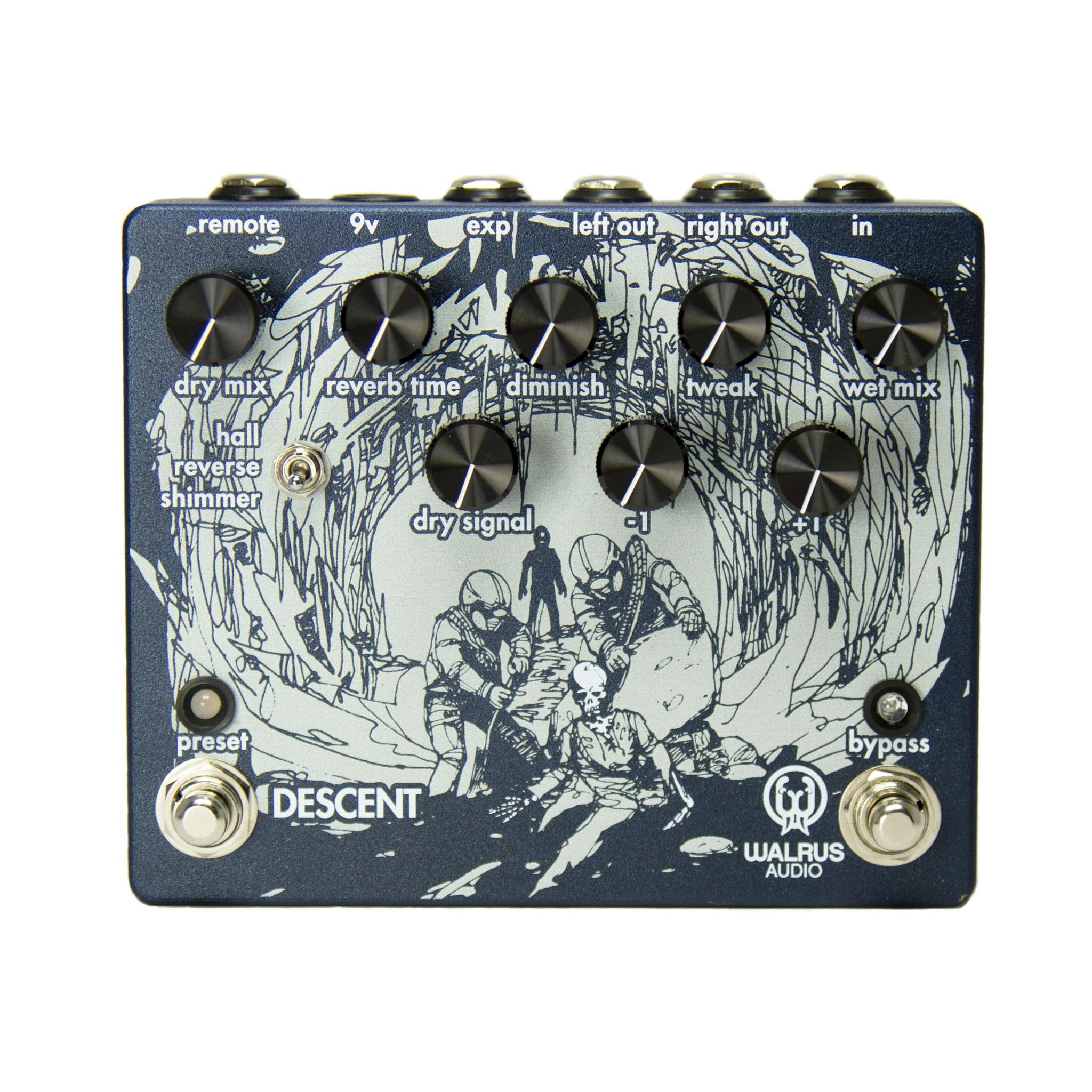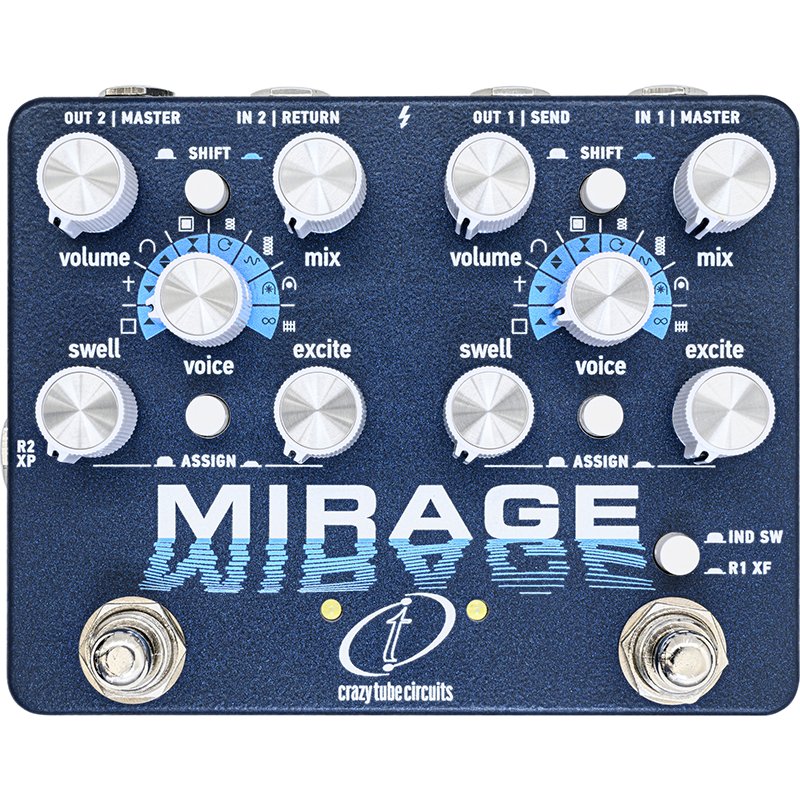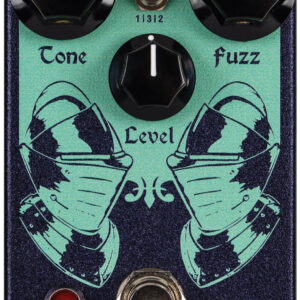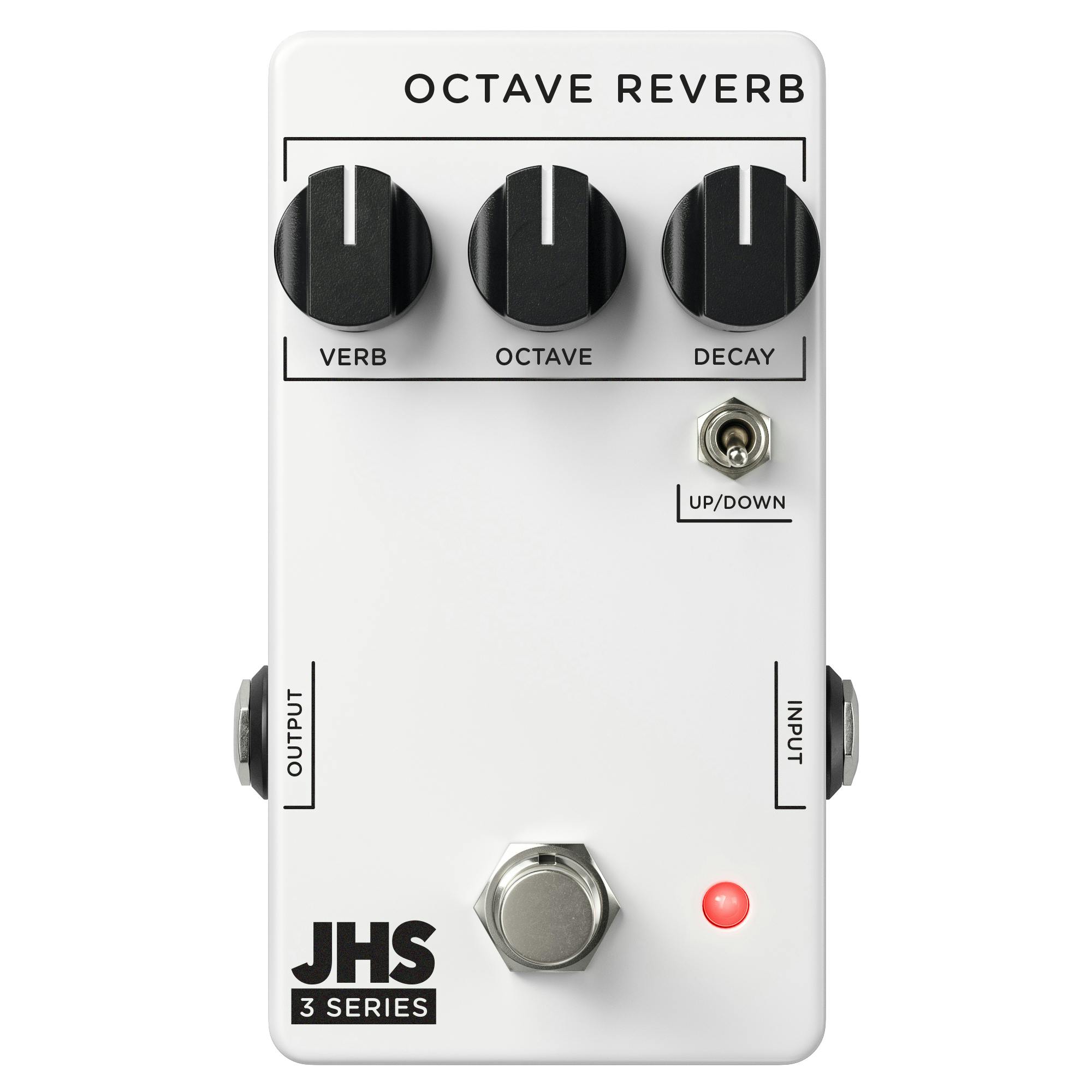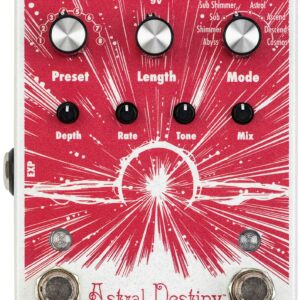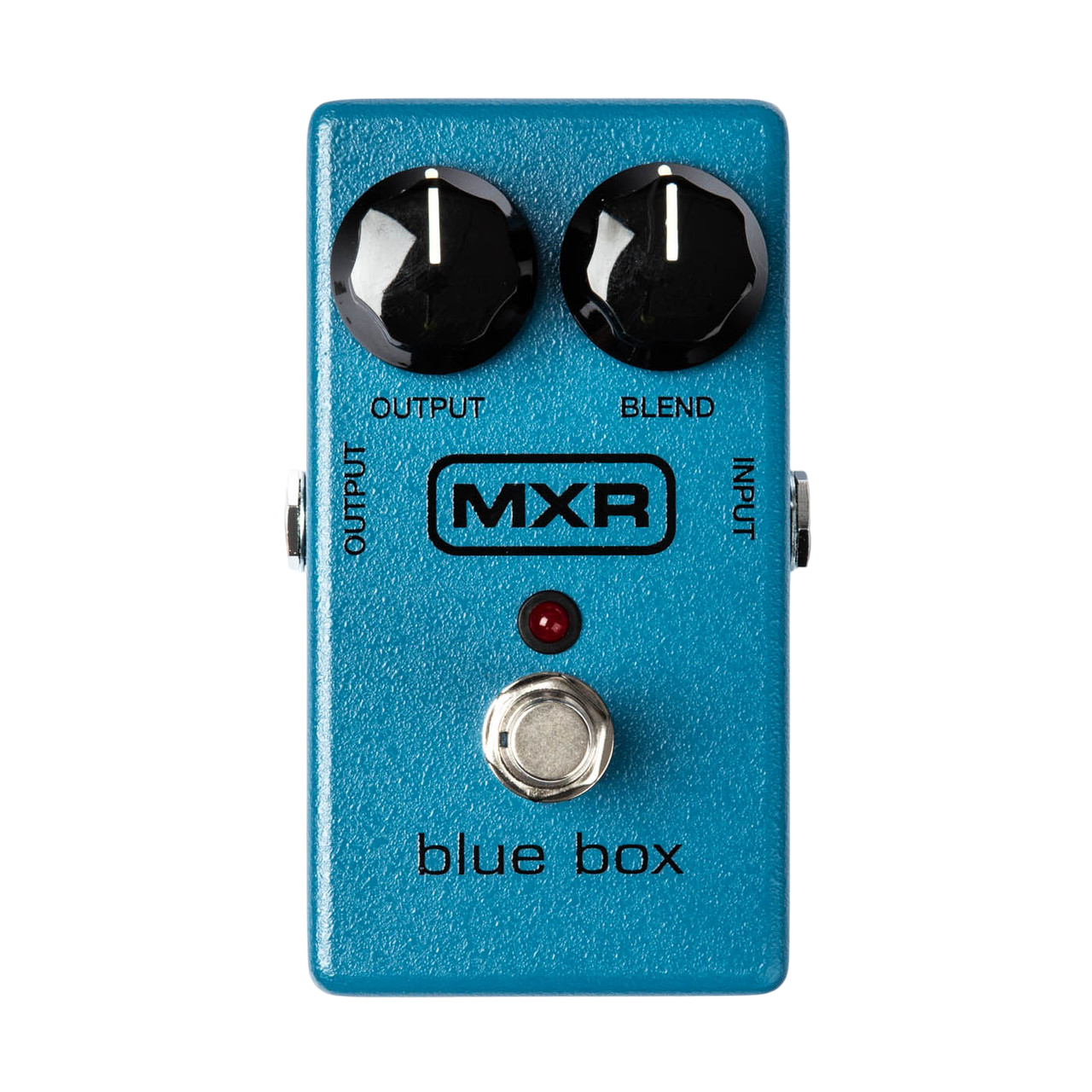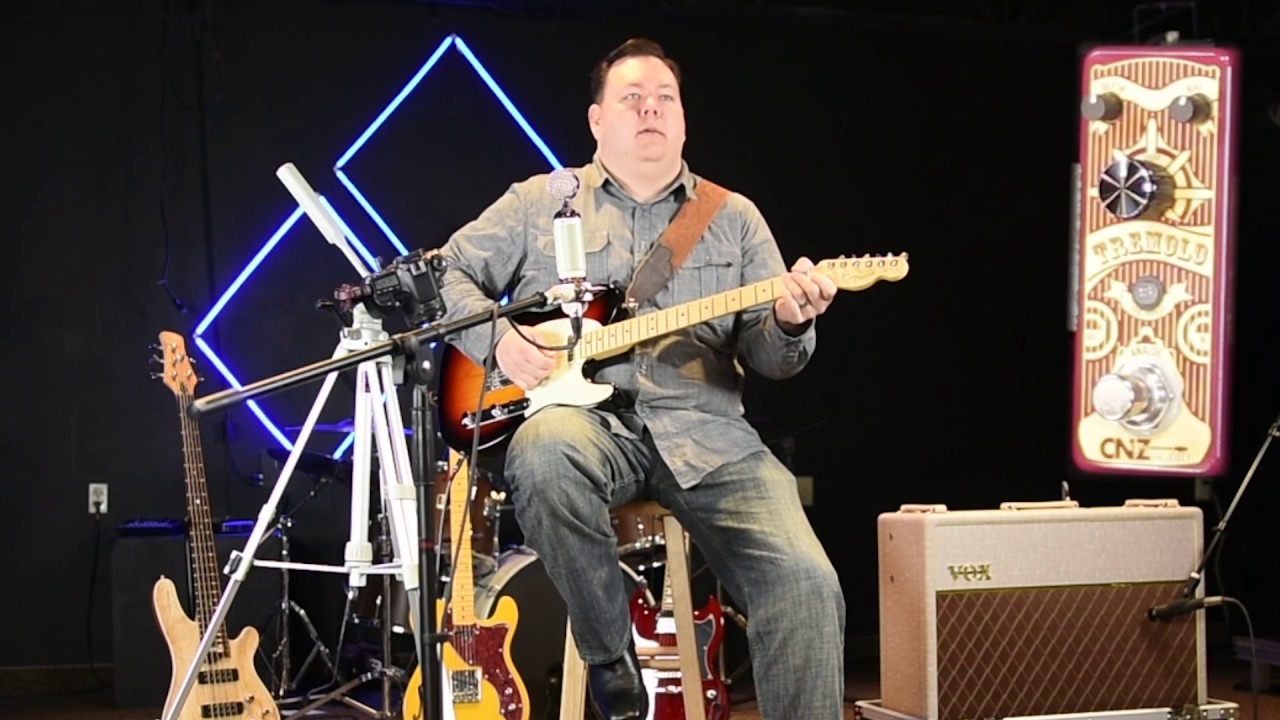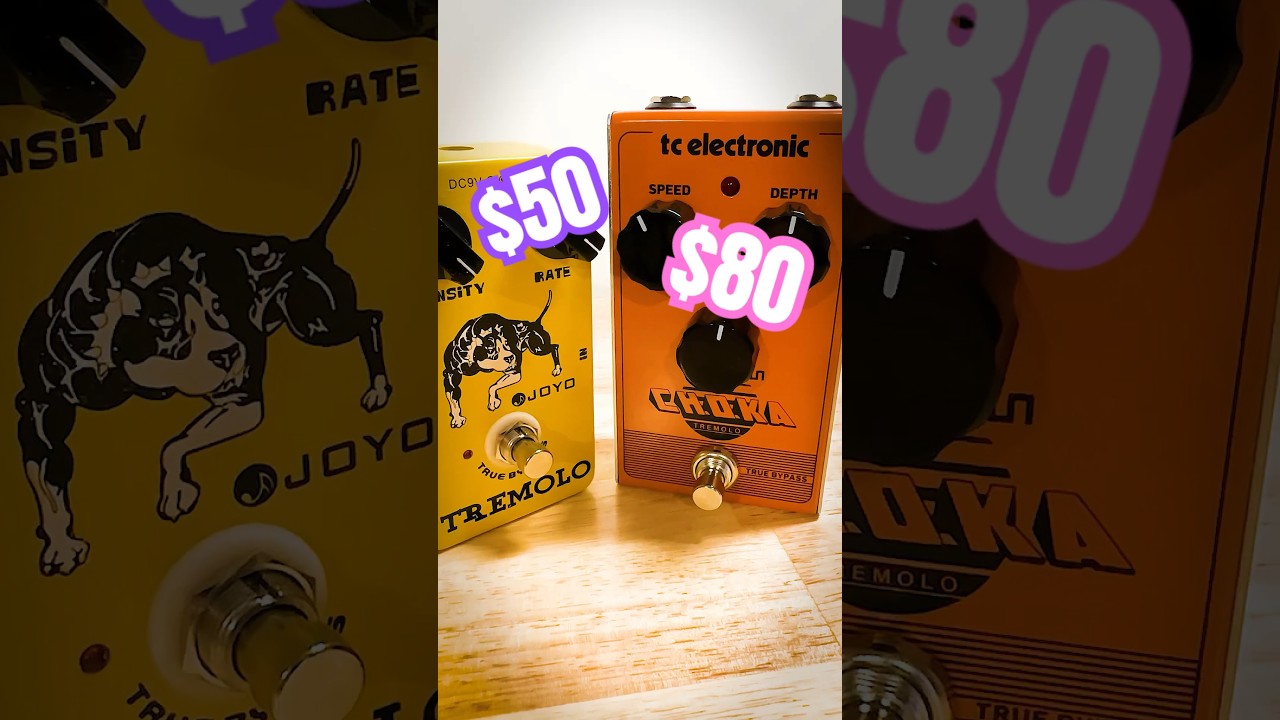Description
here at Just Pedals we love this Walrus Audio Descent Reverb / Octave.
Here’s what Walrus Audio say about the Descent
The Descent was designed to create ambient textures of sound, from thick and endless hall reverbs to symphonic shimmers.
The Descent is a three mode reverb system; hall, reverse, and shimmer. In each mode, the user has the ability to feed +1 and -1 octaves into the reverberated signal. The Hall mode will feature a classic reverb sound that can move your signal from a small-room-echo to a haunting long hall- echo. The Reverse mode smoothly flips your signal to playback unique responses and can be manipulated with pre-delay time controls.
Shimmer mode highlights the octave features, dry signal, -1, and +1 to mix in your signal and creates a symphony of sound.
The Descent offers you eight controls to precisely hone in your perfect reverb. In addition, the user can use an auxiliary momentary switch in the fav input to switch the pedal on/off and/or save presets. If you have an already crowded pedal board, you can set your Descent at the back of the board and run a small SPST switch to the front of the board so you don’t lose valuable real estate.
The Fav input requires a TRS cable to be used. The expression pedal control works with most on-the-shelf expression pedals. This feature allows the user to set the high and low parameters of each control and then fade in and out the those controls by moving your foot up or down on the expression pedal.
5 5/8 x 4 5/8 x 1 9/16
